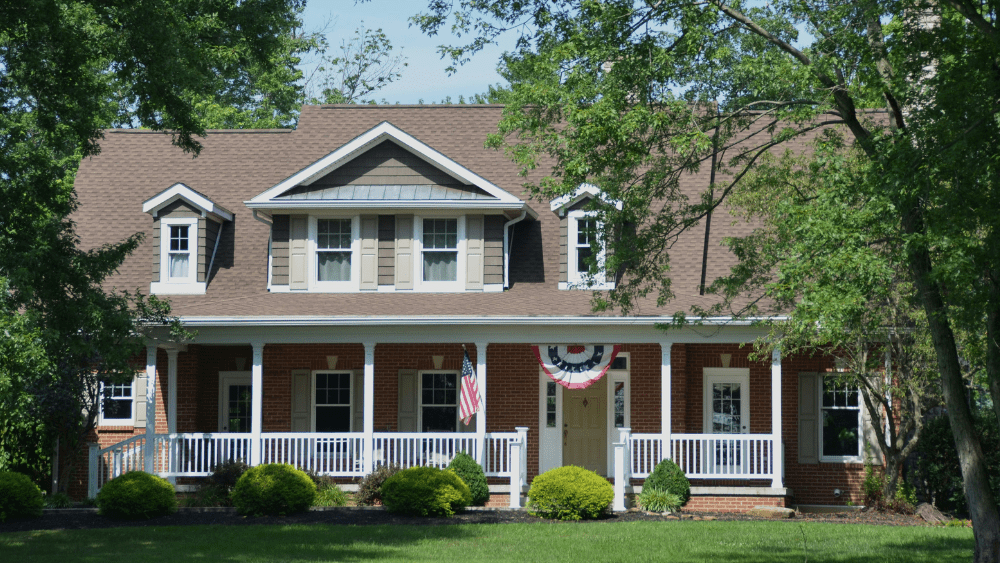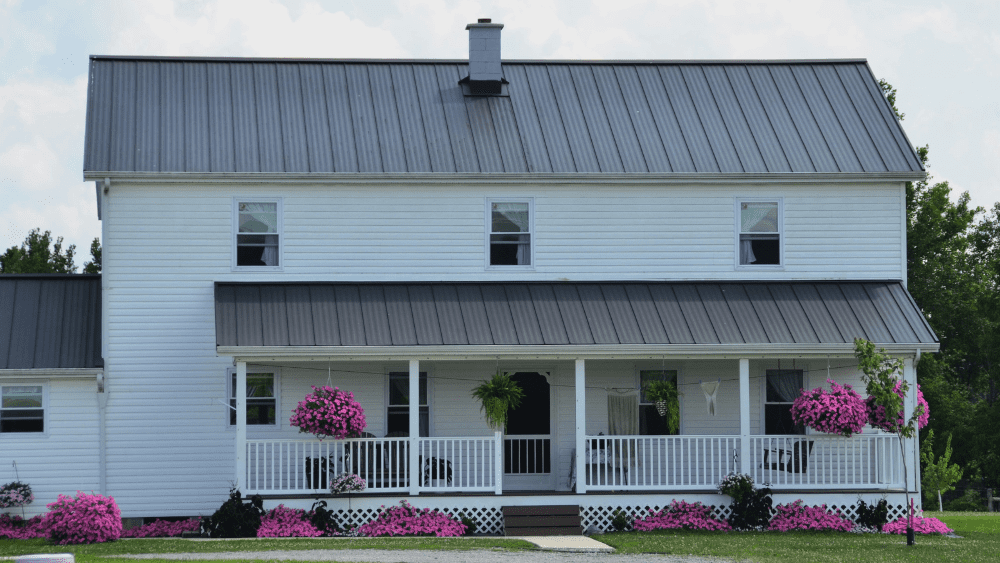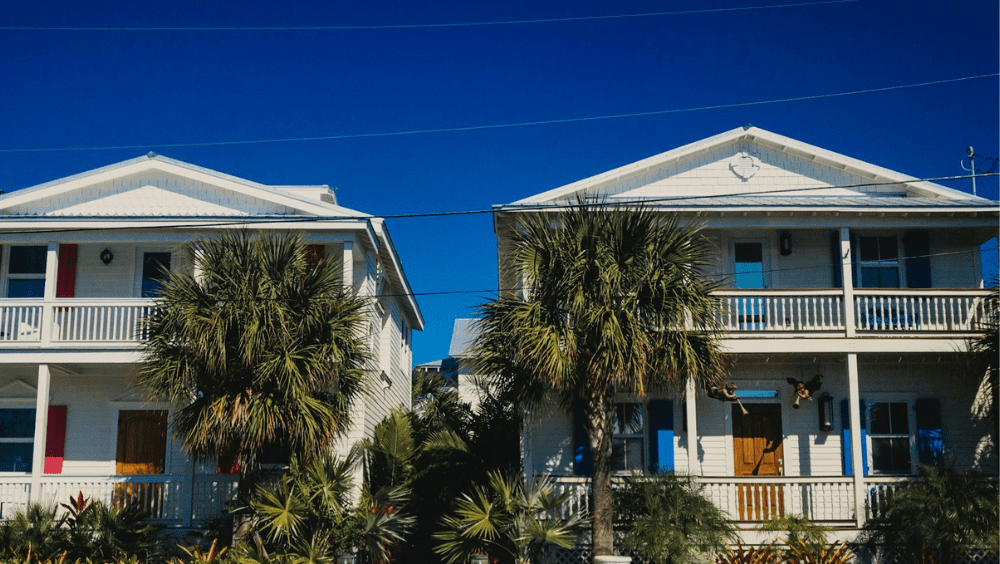
You’ve long admired the lovely yards of your neighbors, which appear to blossom and bloom in effortless glory. Now you’re ready to give your own home some curb appeal love — but where to begin? “Fresh, green, live plants around your house makes the place more inviting,” says Zachary Flowers, a top-selling real estate agent in the Tacoma, Washington area. For anyone unfamiliar with the world of landscaping, the options for enhancing curb appeal can be overwhelming. Before you head to the nursery, consult our list of top-recommended curb appeal plants, featuring advice on how to find the best varieties for your climate and desired level of upkeep. Mother nature has provided a wide variety of plants that thrive in different hardy zones, making it almost impossible to compile a comprehensive list. So we’ve narrowed down our selection into four specialized categories: fast-blooming flowers, showstoppers, color-splash shrubs, and low-maintenance options. If you need an instant boost of color, these flowering plants that will work wonders right away. Create an array of color in a full flowerbed, or add color pops throughout your yard by potting these fast bloomers. Need a plant that’ll help your house stand out in a subdivision sea of cookie cutter houses? Check out these visually interesting showstopper plants. When fast blooming flowers in pots isn’t enough color for you, plant several of these flowering shrubs to give your front yard a major color splash. Low-maintenance plants to enhance curb appeal are essential for busy homeowners and will appeal to homebuyers who aren’t looking to take on a lot of work. “I recommend the variegated schefflera because it’s bug resistant and it doesn’t suck up too much water,” advises Judith Topper, a top-selling real estate agent in Longwood, Florida. Plants have specific needs that need to be met in order to thrive, and if you don’t pay attention to the requirements of the plants you pick, they’ll die. So, consider these four factors before you go plant shopping. No matter how much you love lilacs, you can’t plant them in Arizona and expect them to thrive under the punishing summer sun or survive without winters cold enough to go dormant. That’s why it’s wise to study up on which plants can survive and thrive in your climate. One way to do that is to identify your hardy zone, which identifies your region’s climate conditions and how they impact plant growth. When you go to your local nursery, you’ll find that many plants are labeled as hardy for your particular region. This makes it much easier to find foliage that will stay green and lush from the moment you list until you close on your home sale. The most important growing condition to note is each plant’s sunlight needs. Before you go shopping for greenery, you’ll need to plan where you want to place your plants in the yard and note the specific sunlight conditions of each area throughout the day. When the area gets sun is almost as important as how much sun it gets. For example, a plant that requires partial shade may be able to withstand up to two hours of gentle morning sun, but will wither if those two hours come in the punishing afternoon sun. Sunlight needs aren’t the only statistics you need to pay attention to on plant tags. You should also look at planting instructions, such as drainage needs, root depth, and how large the plant is likely to grow. These plant stats that may influence your decision on which ones to purchase, especially if the greenery will someday grow so large that it could damage the house or foundation. Homeowners who claim to have a black thumb probably didn’t do enough research on their hardy zone and growth conditions before planting. However, sometimes it’s not that the plants couldn’t survive, it’s that they die because the homeowner didn’t give the greenery the care it needed. That’s why it’s important to honestly evaluate your gardening skills and abilities before you tackle any front yard planting. You need to ask yourself: If you’re at all concerned with your ability to keep your front yard growing strong, make sure you buy low maintenance, drought-resistant plants that can survive a distracted home seller. You can’t achieve great curb appeal by haphazardly sticking a couple of shrubs around your yard. You need to have a big picture plan that considers a variety of design elements, including some non-plant options to enhance your front yard. “I would start with something simple, like inexpensive beauty bark or gravel, which let you refresh an entire landscape for a very low price. Then add a couple of colorful hanging plants or flowers that aren’t going to die on you. It makes a world of difference,” recommends Flowers. Let’s take a look at how to apply some of the elements of art and principles of design to your landscaping plan: Not every front yard has a lawn, especially in the southwest, but if you’ve got grass, you need to make sure it’s green and well-manicured. If your lawn’s lushness needs amping up, there’s a number of options to choose from, which vary by cost and the time it takes to show results: “Obviously, landscaping is different between states. Here in Washington state, a nice green yard is preferred, however, sod is relatively expensive compared to other options for planting grass,” explains Barton. “If you have time, you can plant your own seed as an alternative to sod, or have your yard sprayed with hydro seeds, which grows pretty quickly.”16 plants to improve your home’s curb appeal
1. Fast-blooming flowers
2. Showstoppers
3. Color splash shrubs
4. Low-maintenance
5 tips for creating curb appeal with plants
1. Check your climate and hardy zone
2. Know your growing conditions
3. Evaluate your gardening ability
4. Apply the elements of design to your landscaping plan
5. Check your lawn



